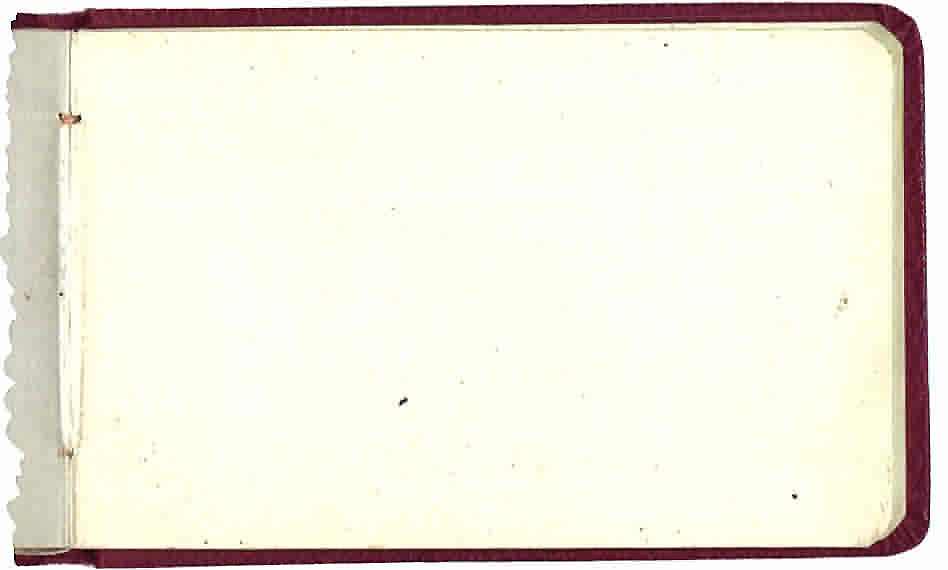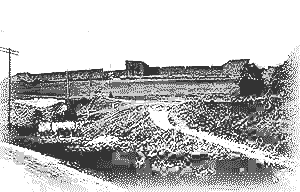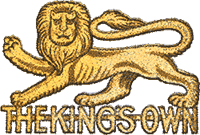
THE day after signing his Attestation Papers in Canterbury, Daniel
Ealey, Boy Soldier Number 4523, is at Fort Widley on Portsdown Hill,
officially joining the First
Battalion of The Kings Own Royal Lancaster Regiment.
Why the Royal Lancasters? It is one of the oldest regiments, raised in 1680 under the Colonelship of Charles II's son, the Earl of Plymouth, to defend Tangier during its siege by the Moroccan Emperor. The ten companies of that early regiment came, like Daniel, mainly from the London area, though he probably doesn't know that. Is he impressed by the "King's Own" part of the name, perhaps having heard tales of his grandfather and great-grandfather's service in the Royal Household? Or is it the badge, thought to have been granted by William III for the regiment's early support of his claim to the throne: The Lion of England, those words in themselves, perhaps, enough to capture the imagination of an adventurous fourteen-year-old.
Fort Widley, as Daniel approaches, must seem like a vast castle, built out of brick instead of stone. What is he thinking as he approaches the towering crenellated walls, and passes under the arch of the Norman-style gateway? And, once inside, what does he make of his new "family"? Is there still talk of last year's murder, when nineteen-year-old Private George Mason of the East Surrey Regiment took umbrage at being disciplined and, during target practice, turned his rifle to the small of his Sergeant's back, shooting him stone dead? Mason was hanged last December. No doubt officers and especially sergeants would prefer to keep this tale away from the ears of new recruits, but it's just the sort of gory reminiscence that other ranks would delight in passing on.
It seems that Daniel's stay in Fort Widley is, in any case, short-lived, perhaps no longer than his initial training, as his paybook shows him spending most of August—and the rest of 1894—in Fort Southwick, almost two miles to the west, along the ridge.
Why the Royal Lancasters? It is one of the oldest regiments, raised in 1680 under the Colonelship of Charles II's son, the Earl of Plymouth, to defend Tangier during its siege by the Moroccan Emperor. The ten companies of that early regiment came, like Daniel, mainly from the London area, though he probably doesn't know that. Is he impressed by the "King's Own" part of the name, perhaps having heard tales of his grandfather and great-grandfather's service in the Royal Household? Or is it the badge, thought to have been granted by William III for the regiment's early support of his claim to the throne: The Lion of England, those words in themselves, perhaps, enough to capture the imagination of an adventurous fourteen-year-old.
Fort Widley, as Daniel approaches, must seem like a vast castle, built out of brick instead of stone. What is he thinking as he approaches the towering crenellated walls, and passes under the arch of the Norman-style gateway? And, once inside, what does he make of his new "family"? Is there still talk of last year's murder, when nineteen-year-old Private George Mason of the East Surrey Regiment took umbrage at being disciplined and, during target practice, turned his rifle to the small of his Sergeant's back, shooting him stone dead? Mason was hanged last December. No doubt officers and especially sergeants would prefer to keep this tale away from the ears of new recruits, but it's just the sort of gory reminiscence that other ranks would delight in passing on.
It seems that Daniel's stay in Fort Widley is, in any case, short-lived, perhaps no longer than his initial training, as his paybook shows him spending most of August—and the rest of 1894—in Fort Southwick, almost two miles to the west, along the ridge.





